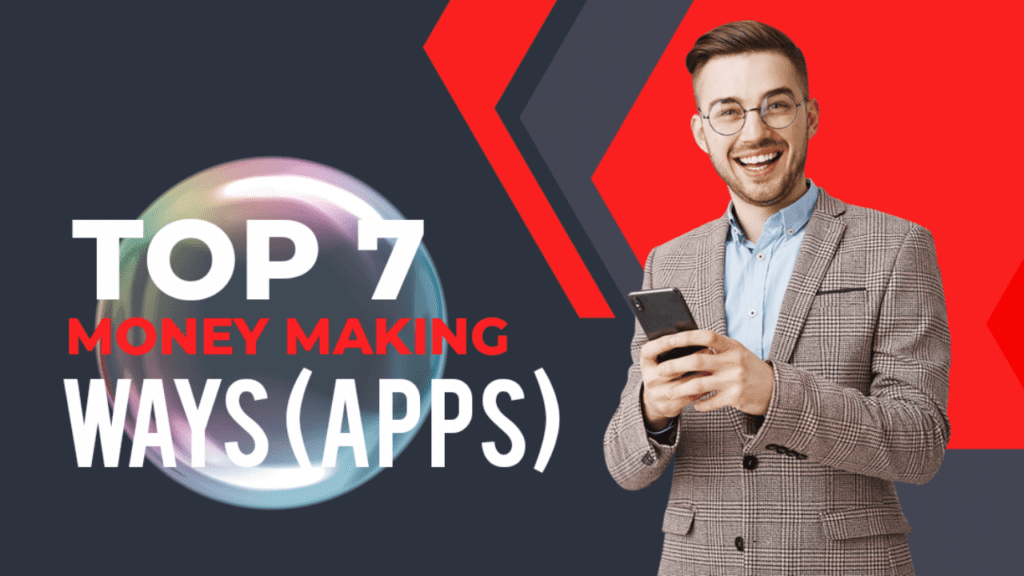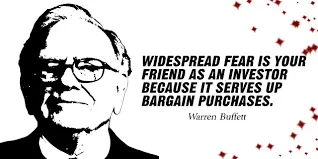
For those looking to make money in an easily accessible way, Money making apps offer several avenues to consider. You can use your smartphone to take surveys, get a side job, sell your unwanted content, and more.
Here are seven free money-making apps. NerdWallet considered apps with at least four stars and 25,000 reviews on both Google Play and the iOS App Store
Best money making aaps
- Ibotta
How it works: Ibotta lets you earn cash back for in-store and online purchases at over 2,000 supported retailers. Originally meant for groceries, it has expanded to include apparel, entertainment and dining out, pet supplies, and other categories. Offers may be product or retailer-specific, and some will be applied automatically. For others, you have to complete an additional task, such as watching a video or taking a survey.
There are three possible ways to earn cash in-store: add deals and submit your receipt in the app after your shopping trip (you have 7 days to submit your receipt via the app), link your retail loyalty accounts, Or buy a retail gift card through the Ibotta app. For online purchases, shop through the app or on your computer with the Ibotta browser extension.
Payment: PayPal, digital gift card, or directly to a bank account.
Pros: You’ll receive an instant cash refund for in-store purchases, usually within 24 hours. Ibotta also offers a welcome bonus, referral bonus, and various payment methods for new users.
Cons: Making money can be a slow process. You must have at least $20 in cash to redeem your earnings (some gift cards require earnings of at least $25). For online purchases, the pending period to avail cashback varies by retailer. Ibotta also charges an account maintenance fee for inactive (no activity in 6 months) or inactive accounts. The fee is deducted from your balance, not your bank account.
- Rakuten
How it works: Rakuten (formerly known as Ebates) gives buyers cash back on purchases made at popular retailers, restaurants, and food delivery services. Users can also earn cash back on travel, gift cards, etc. It’s easy: create an account, tap the store where you want to shop in-app, and then transact through the portal. As long as you first activate the offer through the app, you can link a credit or debit card to your Rakuten account to receive cash back in-store. Rakuten credits the cashback to your account after you confirm the purchase with the retailer, which it says can take anywhere from a few hours to several days.
Payment: Paypal or “Big Fat Check”.
Pros: Thousands of stores and purchases are eligible for cash back, so chances are you’ll find deals where you’re already shopping. New users can earn a $10 welcome bonus after their first eligible purchase. You can also earn signup and referral bonuses. You can make an impact on your cashback income by donating a portion to nonprofit partners.
Cons: Like most cash-back services, you have to spend money to earn money. You also won’t see your earnings immediately; Rakuten sends payments every three months according to the company’s payment schedule, and you need a withdrawal balance of at least $5 to get paid. Unlike other apps like Ibotta, you have to remember to initiate your in-app purchases first. If you forget and make your purchase outside the app, you cannot retroactively receive credit.
- Swagbucks
Swagbucks is a cashback and rewards app. You earn points through Swagbucks by shopping online, taking surveys, watching videos, playing games, or completing other tasks, known as “SBs”. You can redeem those points for gift cards or get cashback in your PayPal account. The total marks awarded may vary depending on the task. For example, surveys usually carry between 40 and 200 SB points. The minimum balance required to redeem depends on the payment option you choose, but some gift cards are available for amounts as low as 110 SB.
Payment: Electronic gift card or PayPal. You can also redeem SB for bitcoin through the new Cryptovoucher gift card options.
Pros: Swagbucks offers several easy ways to earn rewards and there’s no waiting period to get paid. Payments usually arrive within 10 business days of redemption. When you join, you can also get a $10 bonus on qualifying purchases of $25.
Cons: Doesn’t pay much; An SB is worth a penny. With many functions valued at pennies, it can take a fair amount of time and effort to earn a substantial amount of money. Also, you will not be eligible for all surveys or tasks, although users can earn up to 5 SB per day if they are ineligible. Users often report running out of surveys in the middle of taking them. According to Swagbucks, this could be due to demographics or dishonest or inconsistent responses.
- Fiverr
Fiverr is an independent marketplace that deals in over 200 categories, including programming, video, and animation. Create an account first, then you can set your profile as “Vendor”, highlighting your experience. Post the gig you are offering, which will include a price and a description of your services. Prices range from $5 to $995. Customers referred to as “buyers”, can click and place orders. You will be paid after completing the work. Fiverr offers seller tiers based on performance. As you progress, you will be able to sell more “extras” such as faster delivery times.
Payment: PayPal, a credit directly to a bank account, or to Fiverr Revenue Card (a prepaid card). The minimum withdrawal amount varies and you may be charged a withdrawal fee depending on the option you choose.
Pros: You don’t have to worry about tracking down buyers as they come to you. You can also earn tips. Fiverr also boasts of its flexibility, allowing sellers to complete gigs on their own schedule or around their 9-5 jobs.
Cons: Fiverr keeps 20% of your earnings for each gig, which includes tips, and there’s a standard 14-day waiting period to withdraw money after completing an order (top-tier sellers take seven to clear it). days wait). liquidate funds).
- Improve work
Upwork connects freelancers with jobs in writing, design, marketing, and other categories on the market. First, you will create a profile. You should include information on the area you are interested in as well as your eligibility, availability, and desired rate. You can then submit the offer. Clients will review them and offer projects if they feel it is a good fit.
You start each month with a certain number of “connections,” which are like credits that allow you to contact potential customers. You can earn or pay a small fee for more connections, but you won’t be charged when customers contact you. You can be paid by the hour or by the project.
Payment: U.S. Directly Bank to the bank, directly to your bank account, bank transfer, instant payments, PayPal, and Payeer. Fees apply to some payment options, so be sure to check Upwork for more details.
Pros: Upwork helps customers find, build relationships, and get paid. The service also lets you set your preferred rate and schedule.
Cons: The app is free to download, but it costs money to initiate contact with many customers. Service charges are also charged by the users. Upwork takes a 5% to 20% cut in your earnings depending on how much you’ve billed a client. The more you earn, the more you can keep. However, you will not be paid until 10 days after the end of the billing period. Also, remember that you are competing with other freelancers on the platform. This means customers can choose those who set lower rates.
- OfferUp
OfferUp, combined with competitor Lego in 2020, acts as a local marketplace you can use to sell your stuff. If you want to reach a wider audience, OfferUp also allows shipping within the continental United States. Create an account and snap a picture of your smartphone, car, sofa or whatever you’re selling. Once you add a title, description, and price, you can post your listing and chat with buyers directly through the app. Then, you will send the buyer or arrange a meeting with him.
Payment: OfferUp recommends that sellers take cash from buyers and avoid accepting payments by check, cashier’s check or using other apps.
Pros: Creating listings is simple and fast, and you’ll get paid immediately when you make a cash sale. You can also look at reviews and ratings from potential buyers to get an idea of how trustworthy they already are. If you ship your item, the buyer pays the cost and provides the OfferUp label.
Cons: You are responsible for meeting local buyers in person and handling transactions. Sellers must pay a 12.9% service fee, or a minimum of $1.99, for shipment. To be successful, you’ll need to invest in a printer so you can print shipping labels and mail items to buyers.
- Poshmark
The Poshmark app is designed to sell clothing, accessories, and even home goods. After you sign up, you take or upload photos of your item, fill in a description, price it, and share the listing. You can also show off items in the app’s “posh parties,” which are virtual shopping events centered around particular brands, categories, and themes. Poshmark emails you a prepaid and pre-addressed shipping label after you make a purchase. Then, you ship the package via USPS.
Payment: Check or direct deposit to the bank account.
Pros: Poshmark facilitates the entire process from sales to shipping. Plus, you don’t have to meet strangers to make a sale. The company will cover the lost package and handle the issues between you and the buyer. Receiving payment is also relatively quick; Poshmark issues the money to the buyer within three days of receiving the order.
Cons: You’ll pay a fee to sell through Poshmark. The company charges a $2.95 commission for sales of less than $15 and a 20% commission for sales of $15 or more.




Reading your article helped me a lot and I agree with you. But I still have some doubts, can you clarify for me? I’ll keep an eye out for your answers.
yes ask me